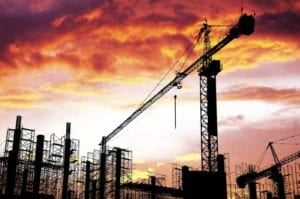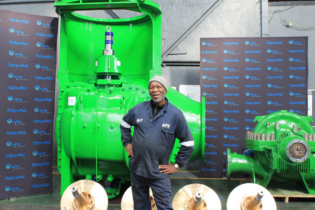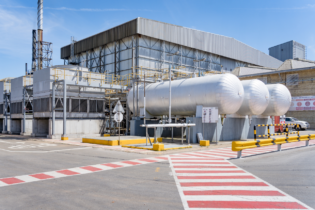East Africa is home to over 130 million people and has projected growth rates of up to 6.7% by 2016, making it the fastest growing region in Africa.
Shifting demographics see more people flocking to cities, and as cities densify it is imperative that urban development focus not only on housing and infrastructure delivery but also on the development of aesthetic, efficient and sustainable cities. Urban growth in sub-Saharan Africa is already double the world’s average at 3.6%. As demand exceeds supply for both housing and infrastructure, project owners are put under pressure to deliver building solutions that not only meet immediate needs but also remain durable and sustainable over the long term. It is the architect that brings vision and longevity to a structure, connecting it to a place so that it resonates into a culture. In this way architecture is at the forefront of Africa’s transforming built environment and will be in the spotlight this October at Totally Concrete East Africa.Totally Concrete East Africa
Totally Concrete East Africa, a platform designed to foster capacity building and project delivery in the local property marketplace, will unite some of the leading architectural pioneers defining the use of building materials, pushing the envelope for engineering in Africa and pioneering East Africa’s architectural awakening. Urko Sanchez, whose respectful and ecological style has come to resemble the traditional forms of Swahili architecture, will deliver a presentation on East African architecture, highlighting his belief that buildings should be rooted in the place where they are built.He will discuss simple structural elements, open courtyards and natural light, and integrating local materials into green technology.
Thierry Bogaert, whose expertise lies in industrial architecture, will talk about increasing the industrial efficiency of concrete. He works at bringing together modern architecture, engineering, construction and technology using high-strength concrete to produce leaner structures, achieve cost savings and provide more usable space. Of the plant of the future, Bogaert says, “It is both logical and appropriate to think of an industrial plant as a City within a City. “The original master plan for an industrial site is no different from any other urban plan. Sooner or later, industrial plants will be incorporated into the unavoidable urban development we see right around the world.” Totally Concrete East Africa not only places a spotlight on architecture in the region, it also unites leading industry stakeholders such asKenya Vision 2030, National Construction Authority of Kenya, East African Cement Producers Association, and the National Construction Council of Tanzania to provide a collaborative platform in which public and private sector meet and bolster collaboration for construction projects and infrastructure delivery across the region.







